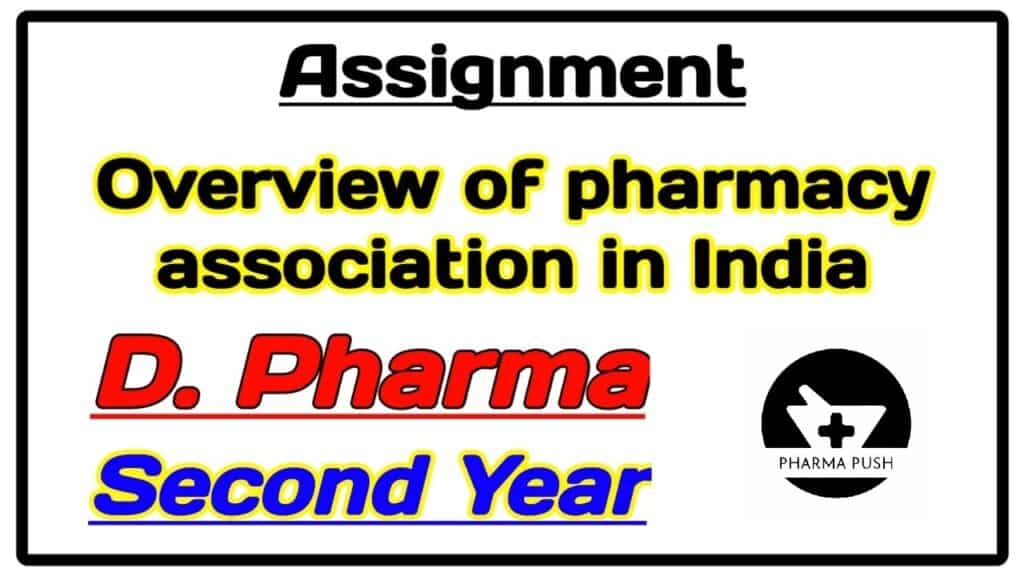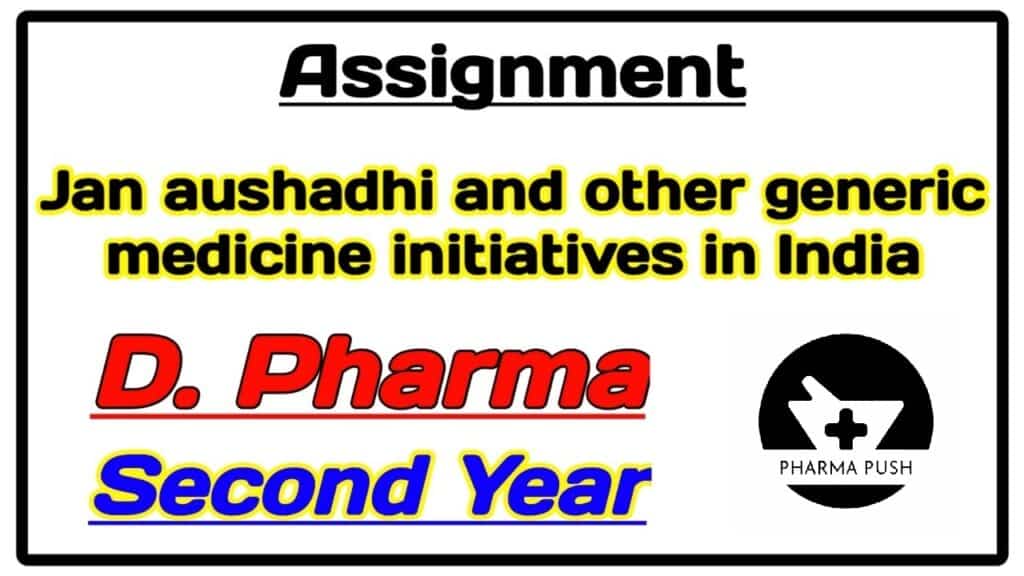Abstract
Antimicrobial resistance (AMR) is a pressing global health threat that requires a multifaceted approach for mitigation. Community pharmacists play a pivotal role in combating AMR through various strategies such as dispensing antibiotics responsibly, patient education and counseling, promotion of antimicrobial stewardship programs, collaborating with healthcare providers, monitoring and surveillance of antibiotic use, supporting public health campaigns, providing access to non-antibiotic therapies, and advocating for policy changes.
This comprehensive review explores each of these roles in detail, highlighting their significance in addressing the challenge of AMR and improving patient outcomes.
Introduction
Antimicrobial resistance (AMR) has emerged as a critical public health issue, posing significant challenges to the effective treatment of infectious diseases worldwide. The overuse and misuse of antibiotics have accelerated the development of resistance, rendering once-effective treatments ineffective. In the fight against AMR, community pharmacists play a vital role due to their accessibility, expertise, and frequent interaction with patients. This review examines the diverse responsibilities of community pharmacists in preventing AMR and enhancing antibiotic stewardship efforts.
Public health campaigns play a pivotal role in raising awareness about AMR, promoting responsible antibiotic use, and engaging stakeholders across diverse sectors. Community pharmacists support public health campaigns by disseminating educational materials, hosting informational sessions, and participating in community outreach initiatives. By leveraging their role as trusted healthcare providers, pharmacists foster dialogue, dispel misconceptions, and empower patients to become advocates for antimicrobial stewardship in their communities.
Dispensing Antibiotics Responsibly
Responsible antibiotic dispensing involves ensuring that antibiotics are prescribed and used appropriately to minimize the risk of resistance. Community pharmacists serve as gatekeepers in antibiotic distribution, verifying prescriptions, educating patients about proper use, and promoting adherence to treatment regimens. By exercising clinical judgment and adhering to prescribing guidelines, pharmacists contribute to the prudent use of antibiotics and help mitigate the emergence of resistant pathogens.
You may Like: Dosage / Medication Reminder Aids Assignment pdf
You May Like: Jan Aushadhi and other Generic Medicine initiatives in India
You May Like: Overview of Pharmacy associations in India
Patient Education and Counseling
Effective patient education and counseling are integral components of antimicrobial stewardship initiatives. Community pharmacists possess the expertise to educate patients about the importance of completing antibiotic courses, proper dosage administration, potential side effects, and the consequences of antibiotic misuse. Through clear communication and personalized counseling, pharmacists empower patients to make informed decisions regarding their treatment and promote responsible antibiotic use within their communities.
Promotion of Antimicrobial Stewardship Programs
Antimicrobial stewardship programs (ASPs) aim to optimize antibiotic use, improve patient outcomes, and minimize the development of resistance. Community pharmacists play a key role in promoting ASPs by collaborating with healthcare facilities, participating in interdisciplinary teams, and implementing evidence-based interventions. By advocating for antimicrobial stewardship principles, pharmacists contribute to the development of institutional policies, guidelines, and educational initiatives that prioritize judicious antibiotic prescribing and surveillance.
Collaborating with Healthcare Providers
Collaboration among healthcare providers is essential for comprehensive AMR prevention and management. Community pharmacists collaborate with physicians, nurses, and other healthcare professionals to facilitate interdisciplinary communication, exchange clinical information, and coordinate patient care.
Through collaborative practice agreements and medication therapy management services, pharmacists engage in collaborative decision-making, medication optimization, and therapeutic monitoring, thereby enhancing patient safety and antibiotic effectiveness.
Monitoring and Surveillance of Antibiotic Uses
Monitoring and surveillance of antibiotic use are critical components of AMR surveillance and containment strategies. Community pharmacists contribute to surveillance efforts by monitoring prescription patterns, detecting trends in antibiotic resistance, and reporting adverse events to regulatory agencies. Through pharmacy-based surveillance programs and electronic health record systems, pharmacists collect and analyze data on antibiotic utilization, resistance patterns, and clinical outcomes, enabling proactive interventions and policy recommendations.
Providing Access to Non-Antibiotic Therapies
In addition to antibiotics, community pharmacists play a crucial role in providing access to non-antibiotic therapies for the management of infectious diseases. Pharmacists recommend and dispense alternative treatments such as antivirals, antifungals, and supportive therapies based on clinical indications and evidence-based guidelines. By promoting the appropriate use of non-antibiotic therapies, pharmacists help reduce reliance on antibiotics and minimize the risk of AMR development.
Policy changes at the local, national, and global levels are essential for addressing systemic barriers to antimicrobial stewardship and AMR prevention. Community pharmacists advocate for policy changes by engaging in legislative advocacy, participating in professional organizations, and collaborating with policymakers and regulatory agencies. Through policy advocacy efforts, pharmacists influence the development of regulations, reimbursement policies, and public health initiatives that support antimicrobial stewardship principles and promote optimal patient care.
Conclusion
In conclusion, community pharmacists play a multifaceted role in preventing antimicrobial resistance and promoting responsible antibiotic use. Through their involvement in dispensing antibiotics responsibly, patient education and counseling, promotion of antimicrobial stewardship programs, collaboration with healthcare providers, monitoring and surveillance of antibiotic use, support for public health campaigns, provision of non-antibiotic therapies, and advocacy for policy changes, pharmacists contribute to the global effort to combat AMR and safeguard public health.
Continued investment in pharmacist-led initiatives and interdisciplinary collaboration is essential for addressing the complex challenges posed by antimicrobial resistance and ensuring the efficacy of antibiotic therapies for future generations.
Keywords: Antimicrobial resistance, community pharmacists, antibiotic stewardship, patient education, surveillance, public health campaigns, policy advocacy.

